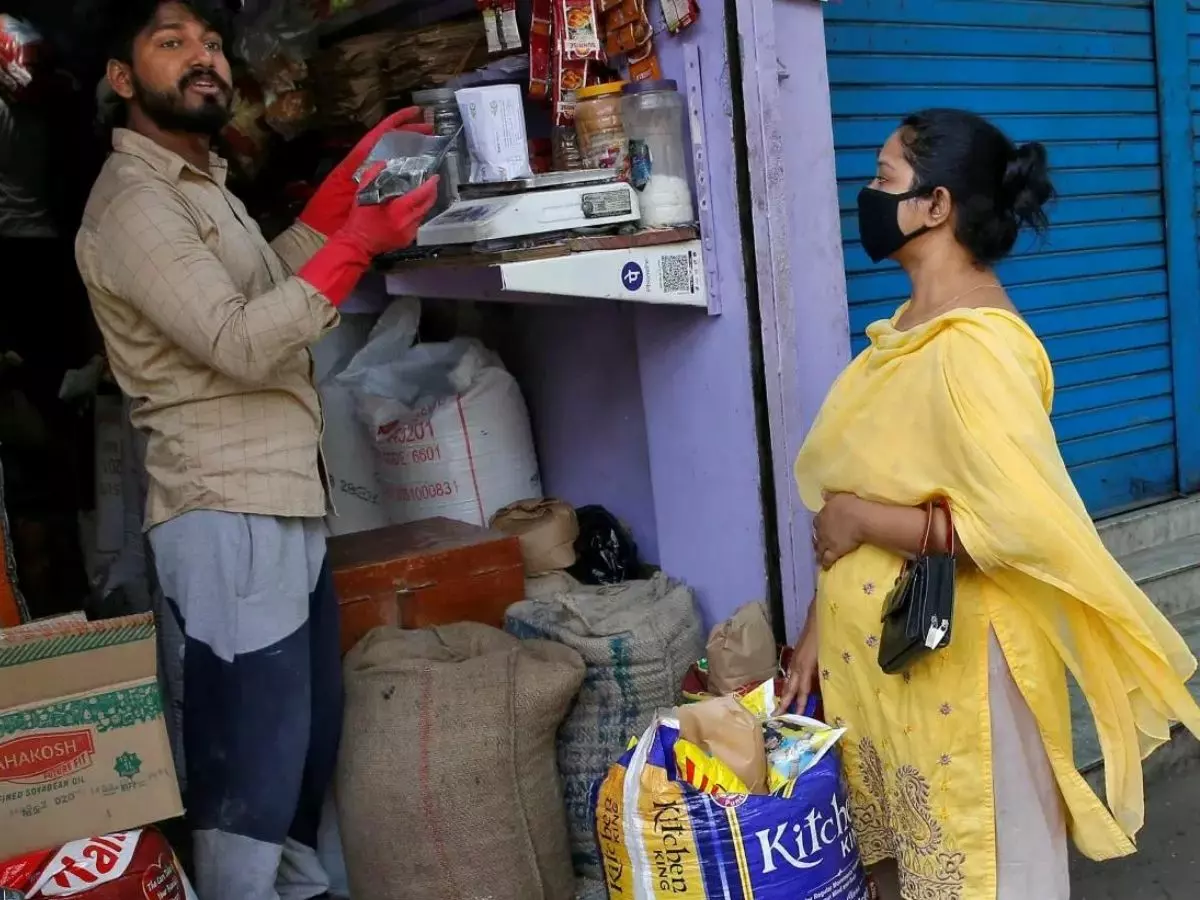Six Feet Social Distancing Not Safe, As Coronavirus May Travel Up To 20 Feet
Wearing a mask is the easiest first line of defence, according to researchers

Today, in order to save ourselves from contracting the novel coronavirus, we are gearing up with face masks, gloves and even maintaining social distancing of six feet.
However, new research now claims that even six feet of distance would be insufficient.
 Reuters
Reuters
Reported first by PTI, researchers at the University of California, Santa Barbara (study published in Medrxiv) have discovered that droplets that carry the virus can travel up to 20 feet, making the current social distancing norms completely ineffective.
Impact of one sneeze or cough
Looking at previous research they said that as many as 40,000 respiratory droplets can be generated by sneezing, coughing and even normal talking with a range going from a few metres per second to even a hundred metres per second.
Researchers claim that the aerodynamics of the droplet, the mass and heat exchange in the environment could impact the effectiveness of spreading of the virus.
They took the help of a mathematical model to dig deep the evaporation, heat transfer as well as motion of the respiratory droplets under different temperature, humidity, and ventilation conditions.
 Reuters
Reuters
Different kinds of droplets and their range
They segregated the factor into two -- short-range droplet contacts and long-range aerosol exposure. Authors state in the study, ¡°While large droplets usually settle onto a surface within a limited distance due to gravity, smaller droplets evaporate rapidly to form aerosol particles that are able to carry the virus and float in air for hours.¡±
They also state that different weather conditions result in a different factor of spreading of COVID-19 to be more effective. Low temperature and high humidity help droplet contact transmission whereas high temperatures with low humidity cause aerosol particle formation to be more effective.
Scientists explain in the study, ¡°Our model suggests that the 6 feet of social distance recommended by the Center for Disease Control and Prevention (CDC) may be insufficient in certain environmental conditions, as the droplet spreading distance can be as long as 6 metres (19.7 feet) in cold and humid weather.¡±
The study highlights the fact that hot and dry weather will enable respiratory droplets to evaporate into aerosol form and result in long-range transmission. Moreover, these particles can easily enter deep into our lungs and can stay suspended for long periods of time in such conditions.
 Unsplash
Unsplash
What¡¯s the solution?
According to researchers, public places should implement air conditioning systems with temperature levels to favour droplet-based transmission. This way the COVID-19 virus won¡¯t travel farther and affect more people.
Researchers also feel that wearing a mask could effectively lower chances of transmission through the aerosol route. Social distancing can help in keeping safe from larger droplet transmission as the infection range with the latter is at a relatively shorter distance.
The researchers concluded stating, ¡°To this end, the impact of different weather conditions on the infectivity of SARS-CoV-2 is still inconclusive.¡±
